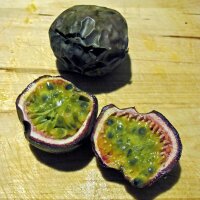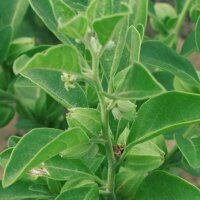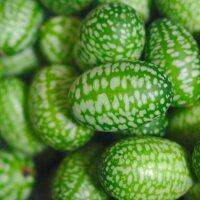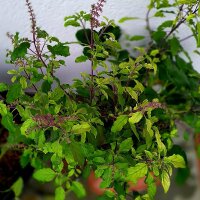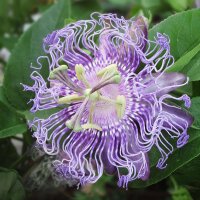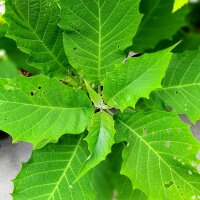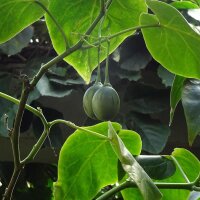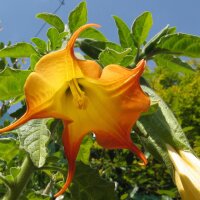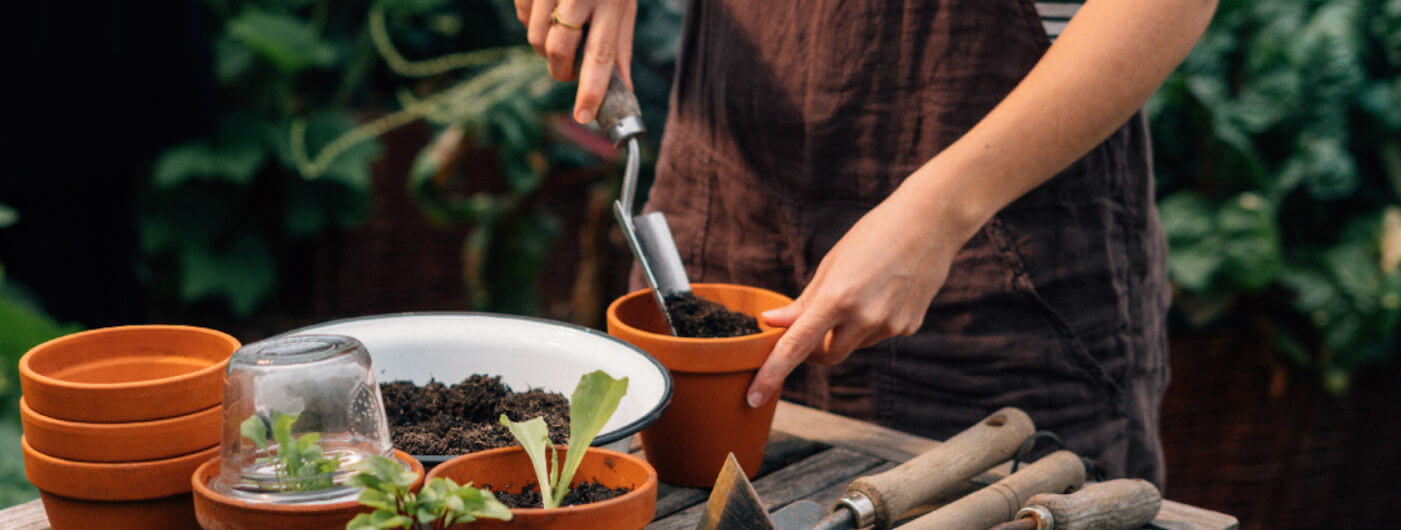Fascinating Flowering Plant with History and Benefits
The Blue Passionflower (Passiflora caerulea) is an exotic-looking, fast-growing climbing plant native to the subtropical regions of South America – particularly Argentina and Brazil. It was introduced to Europe as early as the 16th century, where its spectacular flower form inspired Christian missionaries to name it “passion flower”: the various parts of the bloom were interpreted as symbols of Christ’s Passion.
Passiflora caerulea produces exceptionally striking blue and white flowers with a prominent corona, blooming from June to October. These are followed by egg-shaped, orange fruits that are edible, though relatively mild in flavour. The soft, jelly-like pulp can be scooped out and eaten fresh; however, the skin should not be consumed. While its flavour cannot rival that of the passion fruit (Passiflora edulis), the fruit of the Blue Passionflower is nonetheless a decorative and edible addition to the garden.
In addition to its ornamental and culinary appeal, the plant is also valued for its calming and mood-lifting properties. In traditional herbal medicine, the herb of certain passionflower species is used as a natural remedy for restlessness and sleep disorders. An infusion made from it produces a pleasantly mild to slightly smoky tea, commonly enjoyed for evening relaxation.
The Blue Passionflower is a perennial climbing plant that can grow up to 5 metres tall and requires support for climbing. It can be cultivated successfully as a houseplant or container plant, and is also suitable for balconies, greenhouses, or sheltered outdoor locations. Young plants tolerate temperatures down to –15?°C, with mature specimens being even more cold-hardy – with proper winter protection, it can overwinter outdoors in many parts of Central Europe.
Sowing and Care of Passiflora caerulea
Sowing should be carried out in spring at a consistent temperature between 20 and 25?°C. Seeds require a warm, humid environment and typically germinate within 2 to 4 weeks.
-
Location: Bright, sunny, and sheltered from the wind
-
Soil: Well-drained, humus-rich and fertile
-
Watering: Regularly, but avoid waterlogging
-
Feeding: Every 2 weeks during the growing season
-
Support: A climbing aid is essential
-
Overwintering: Outdoors with frost protection, or indoors in a bright and cool spot (5–10?°C)
With its extraordinary flowers, decorative fruits, historical significance and multiple uses, Passiflora caerulea is a fascinating and rewarding plant for garden enthusiasts, herbal remedy users and balcony gardeners alike.
Otros nombres
| Nombre botánico: |
Passiflora caerulea, P. loureiroi |

